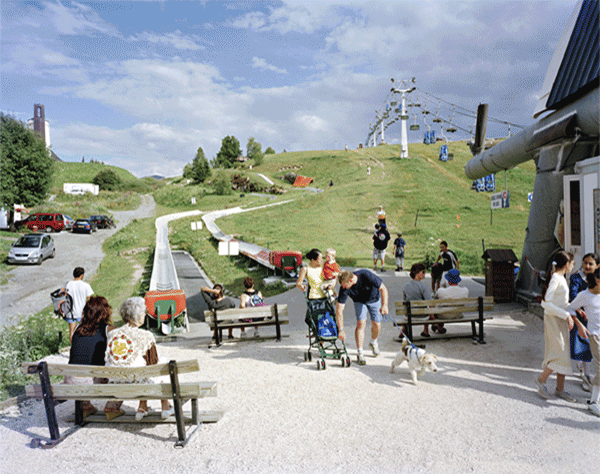ETH Zurich – Institute for Urban Design
HIL H44.1 – Stefano-Franscini-Platz 5 – 8093 Zurich
contact

Everything shaped by humans is culture. This includes the territory. Cultured landscapes are created by the constant interaction of humans with nature. Their regional characteristics are due to natural conditions and increase with the growing technological development of the society inhabiting them. Cities are also part of the cultured landscape. Countless negotiating positions between the most varied actors have made them the densest and most differentiated living environments. But they cannot be understood or planned, without taking into account the surrounding and manifold intertwined territory. Also beyond the large cities multiple claims of peri-urban and peripheral rural space interfere with each other: the use of ground and space has to be renegotiated time and again between residential areas, agriculture, forestry, mobility, leisure activities and energy production. The demographic and socioeconomic change of our increasingly cross-linked society additionally compound this process.
The bipolar pattern city - countryside doesn't exist anymore, neither in spatial nor in socio-economic or cultural respects. The rural areas, in many aspects, do not differ from urban agglomerations anymore: they are (in central Europe) relatively densely populated, easily accessible and easy to supply with goods, they have the same access to the global communication networks and they offer the same or similar living conditions. Farming as a defining economic activity loses increasingly its significance. So much so, that the Swiss Government declared years ago, that the whole of Switzerland can be described as urban.
If the urbanization of the country is looked upon as an opportunity, central questions about the future of the cultured landscape can be raised on the basis of these changed and newly formed structures: What are the potentials of these varied uses? What new imagery and concepts can be devised for these spatial structures? What sort of urban qualities will emerge? Will the agricultural country turn into a leisure country? Will it remain the idyllic setting for the dream of a homestead for over 80% of Europeans? Where does the public domain start and end? What about the vitality of villages and small towns? How can food and resources be produced and transported in a cost-effective and energy neutral way? Which forms of energy production are landscape compatible and in what way? And what consequences for our lifestyle and settlement models arise from this?
The negotiation processes about the use of the territory bear a direct influence on residential development and thus architects and planners face new challenges. Based on the observation and analysis of changes in the cultured landscape, the research platform Kulturlandschaft (cultured landscape) explores, under the professorship of Kees Christiaanse for architecture and urban planning, how synergies could be achieved through coordination of the various interested parties, how impulses for sustainable residential development are created and how, based on local settings, spaces offering a high quality of life can be designed.
Contact Michael Wagner
© Photos Marc Latzel, Zürich
This website has been archived and is no longer maintained.